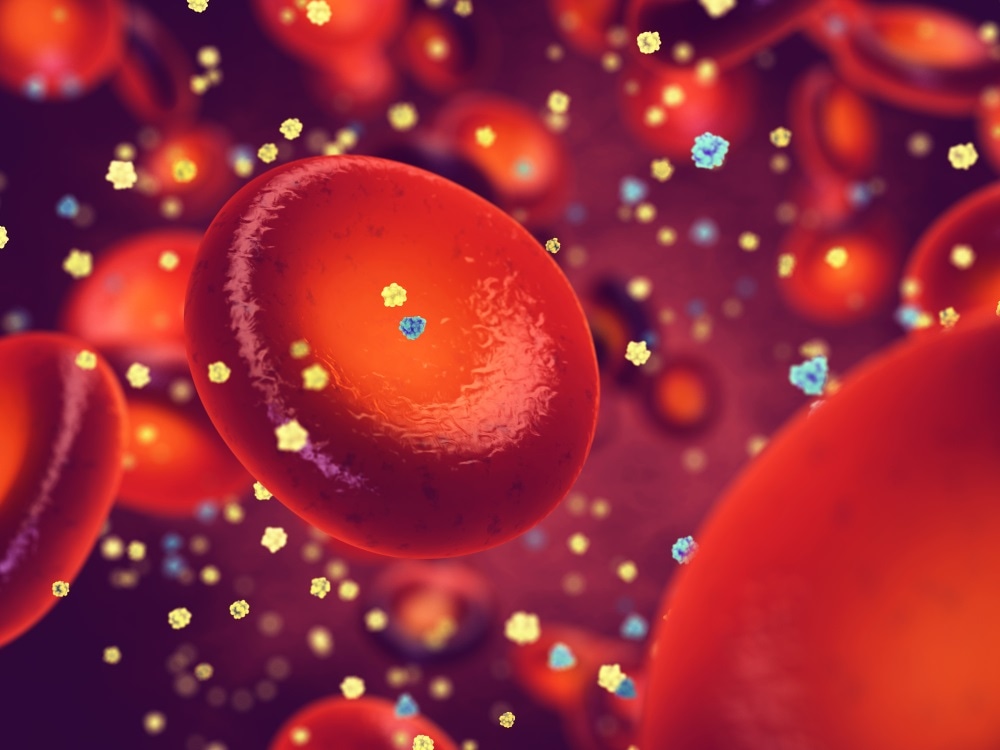Scientists at the University of Wisconsin-Madison have innovated a potential method of preventing Type 1 diabetes in those at high risk.
 Image Credits: nobeastsofierce / Shutterstock.com
Image Credits: nobeastsofierce / Shutterstock.com
In a paper published this week in the journal Cell Metabolism, the team describes how they prevented Type 1 diabetes from developing in mice by removing a particular gene from the cells responsible for producing insulin. In doing so, the cells were spared from the immune system attacks that lead to the disease.
Identifying those at risk of Type 1 diabetes
Type 1 diabetes is characterized by a lack of or complete inability to produce insulin, the hormone required to convert the blood’s sugar stores into energy. This happens because the body’s T cells, a vital part of the immune system, attack the beta cells that produce insulin through mistaking them as a threat to the body. This leads to an insulin deficiency.
As a result, people with Type 1 diabetes must manage their disease daily, controlling their diet, taking insulin shots, and measuring their blood sugar levels. It is estimated that around 20 million people worldwide are living with the disease.
In addition, multiple studies have confirmed that those with Type 1 diabetes have higher mortality rates, roughly 3-18 times higher than of the general population. Conditions such as high blood pressure, stroke, glaucoma, nerve damage, thyroid disorders, celiac disease, Addison's disease, and more.
Given the prevalence and elevated mortality rate of Type 1 diabetes, as well as its numerous co-morbid conditions, establishing more effective preventative techniques is essential.
Scientists are able to identify those who are at a high risk of developing Type 1 diabetes. Antibodies related to the illness appear in the blood years before the disease develops. While there is currently no cure for Type 1 diabetes, the ability to identify those at risk gives doctors the opportunity to prevent the disease from developing.
Deleting RE1-alpha gene helps to disguise beta cells
The team of scientists at Wisconsin-Madison removed the RE1-alpha gene from the beta cells in mice who were genetically determined to develop Type 1 diabetes. They expected this to accelerate the development of the disease, however, the removal of the gene prevented the illness from developing. Scientists observed that it had the effect of disguising the beta cells, allowing them to go undetected by the immune system that would otherwise have attacked them.
The removal of RE1-alpha causes beta cells to de-differentiate, seeming more like progenitor cells, and reducing their signaling to immune cells. This process results in T cells interacting differently with them as they no longer recognize them as a cell to be attacked.
Following this, the team observed that after a while the beta cells re-differentiate into mature beta cells. During the period of de-differentiation, the cells do not make insulin as they do as adult cells which causes a short period of transient hyperglycemia, however, at levels that are not dangerous. Once converted back to mature beta cells, insulin is then produced at correct levels, and the T cells continue to abstain from attacking them.
The team observed that even a year later, equivalent to 40-50 years of human life, the mice showed no signs of developing Type 1 diabetes, showing that the method may be able to be developed as effective prevention to protect those at high risk of developing the disease.
The next step will be in developing the findings of the current study to establish a therapy for use in humans. What’s also significant about these results is that they will likely apply to other autoimmune disorders, such as arthritis, lupus and multiple sclerosis, meaning that new preventative therapies could also be in the pipeline for these diseases.